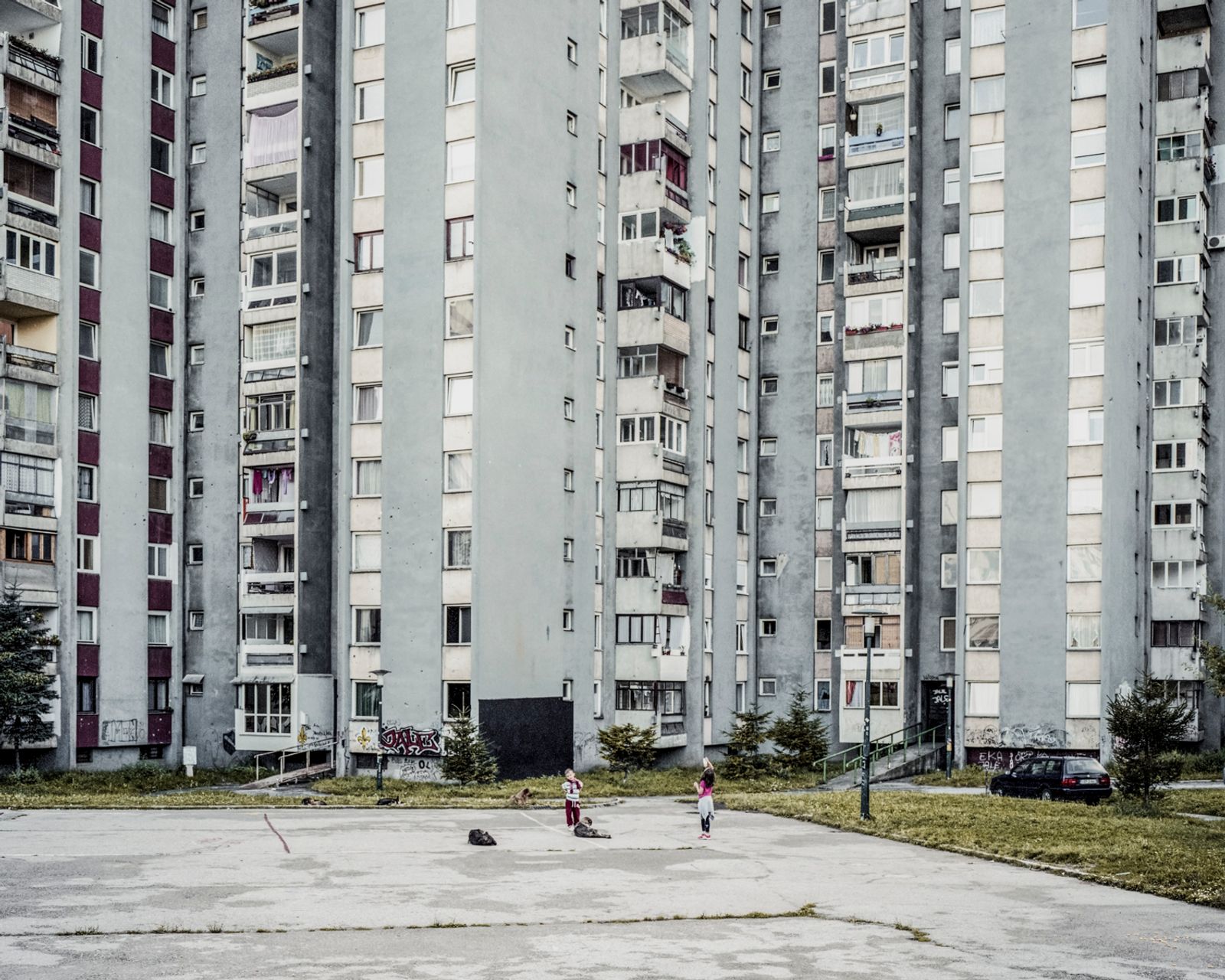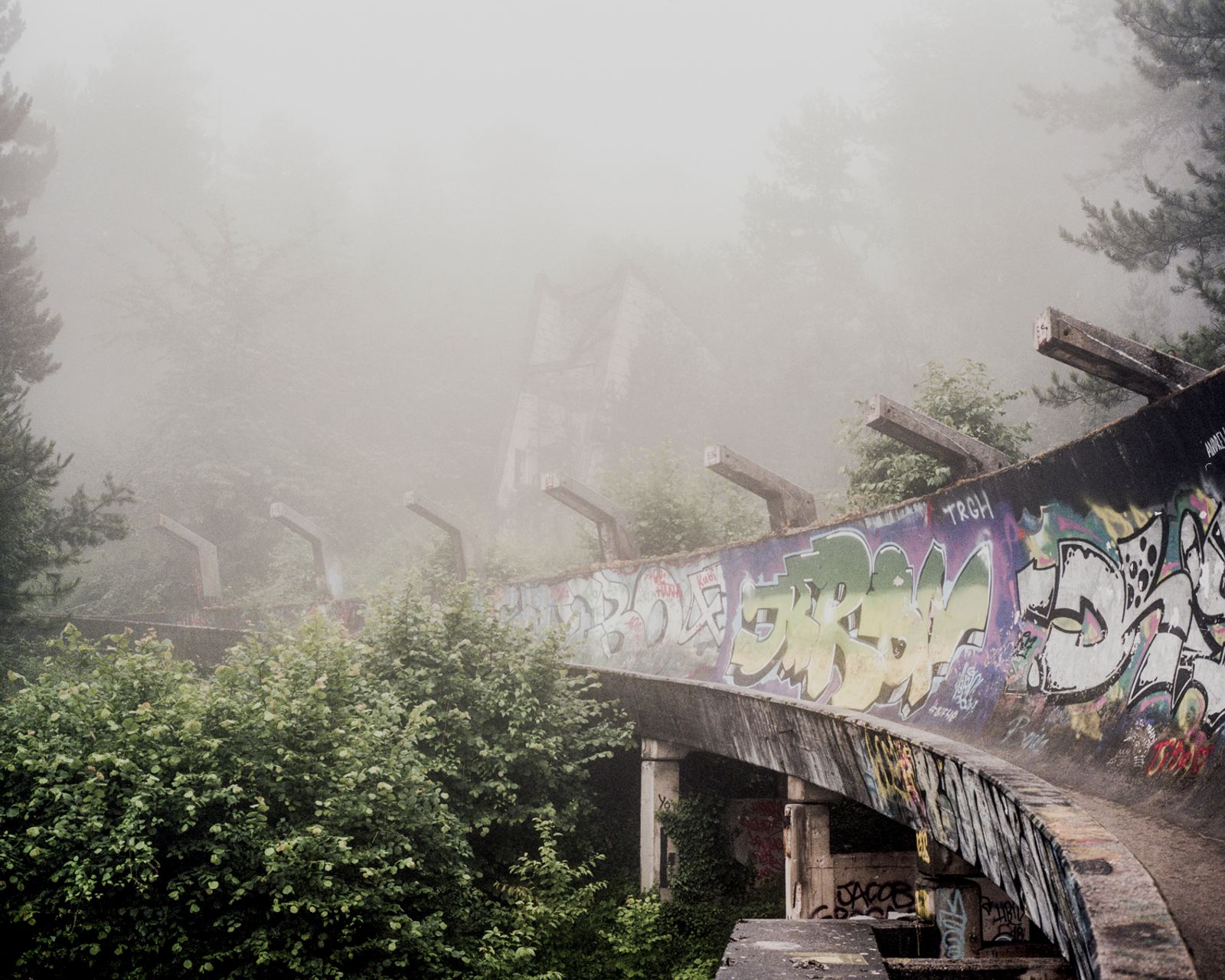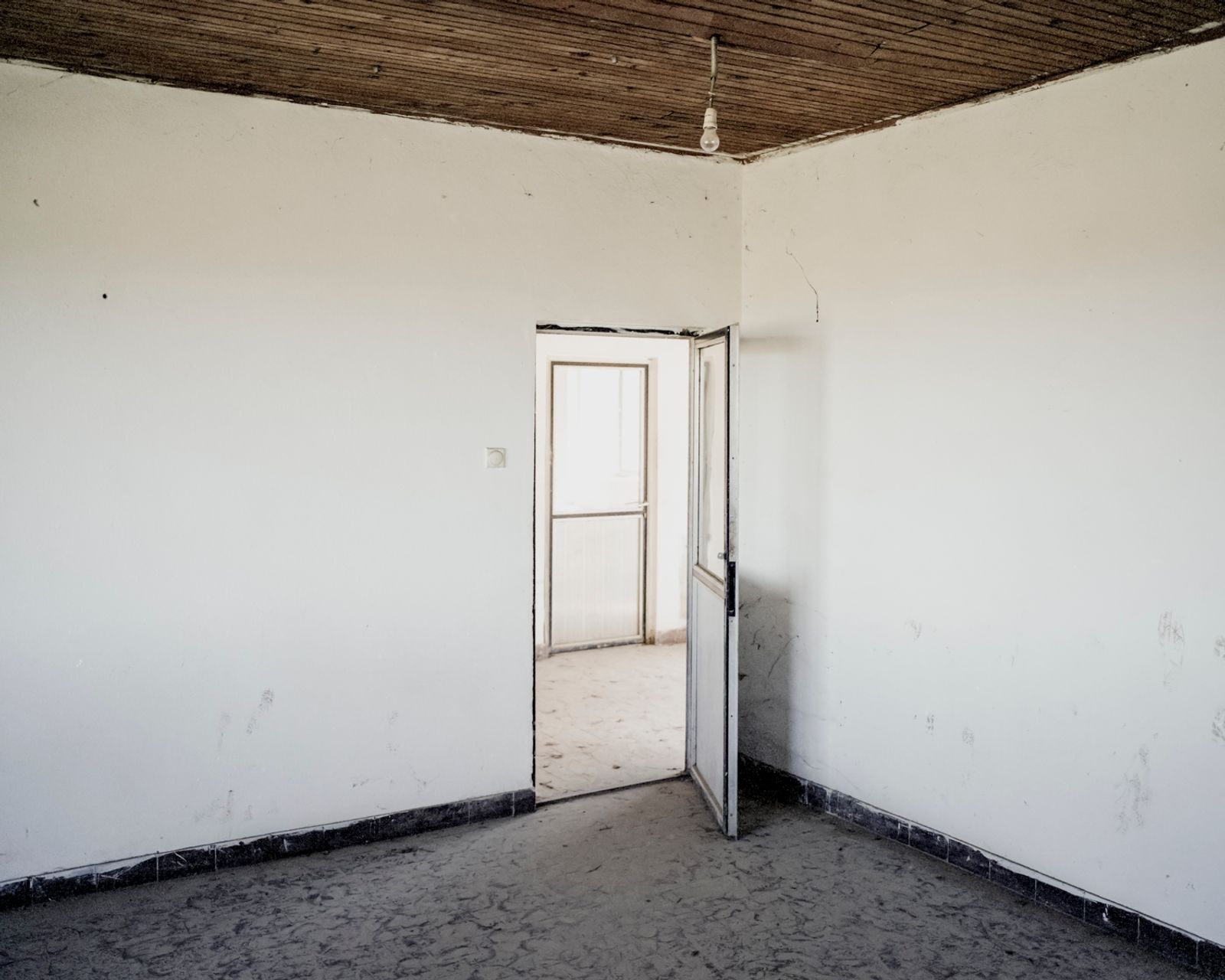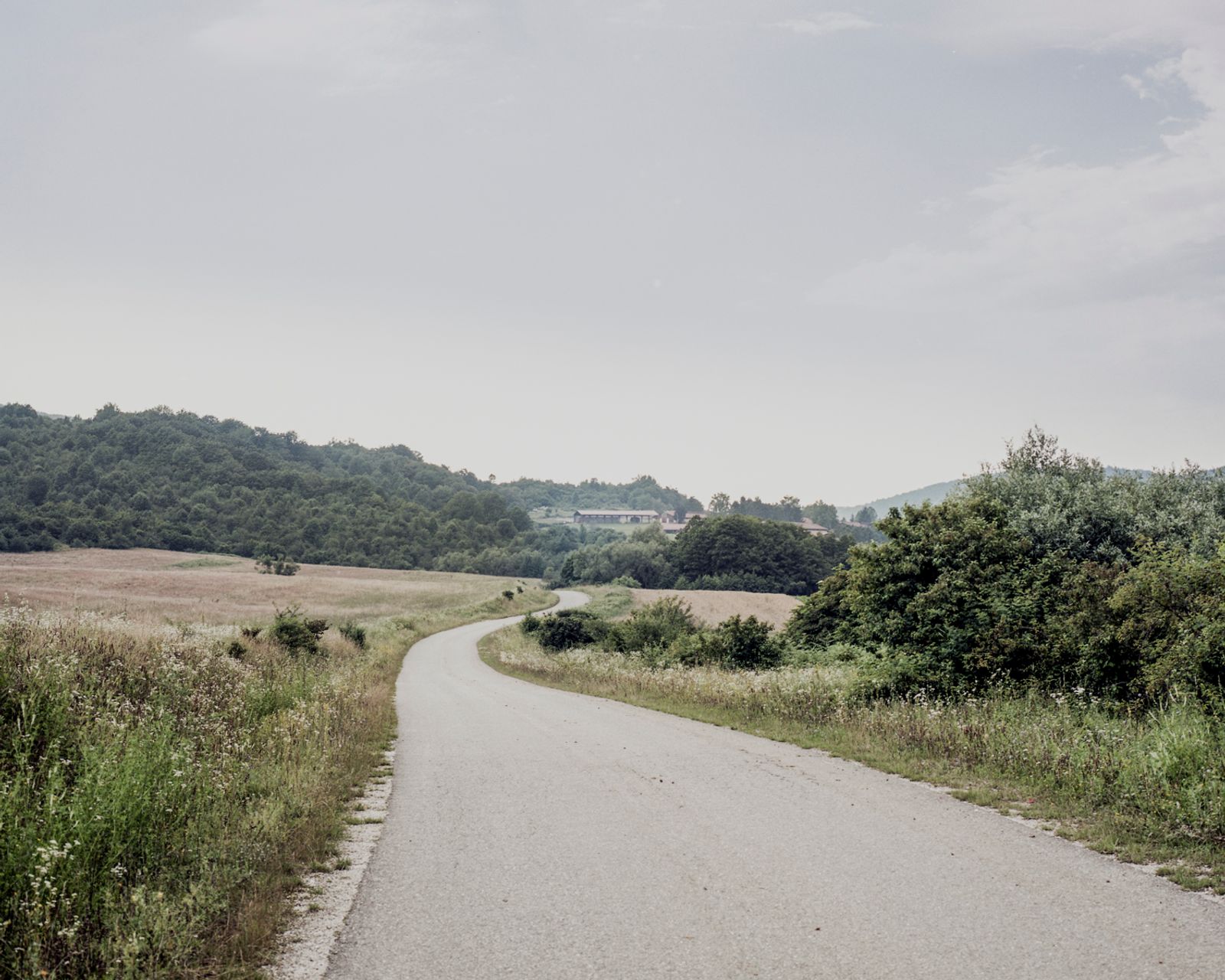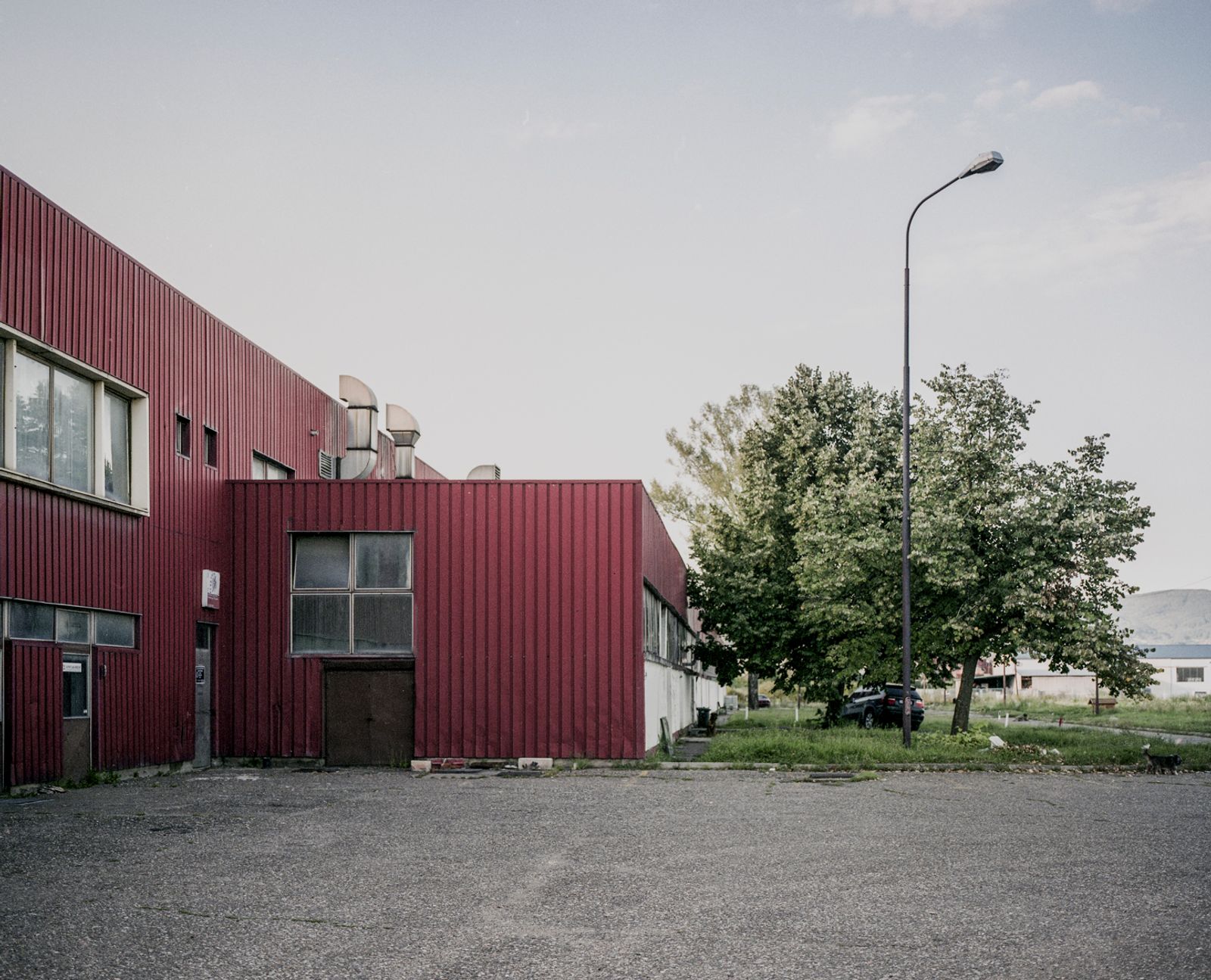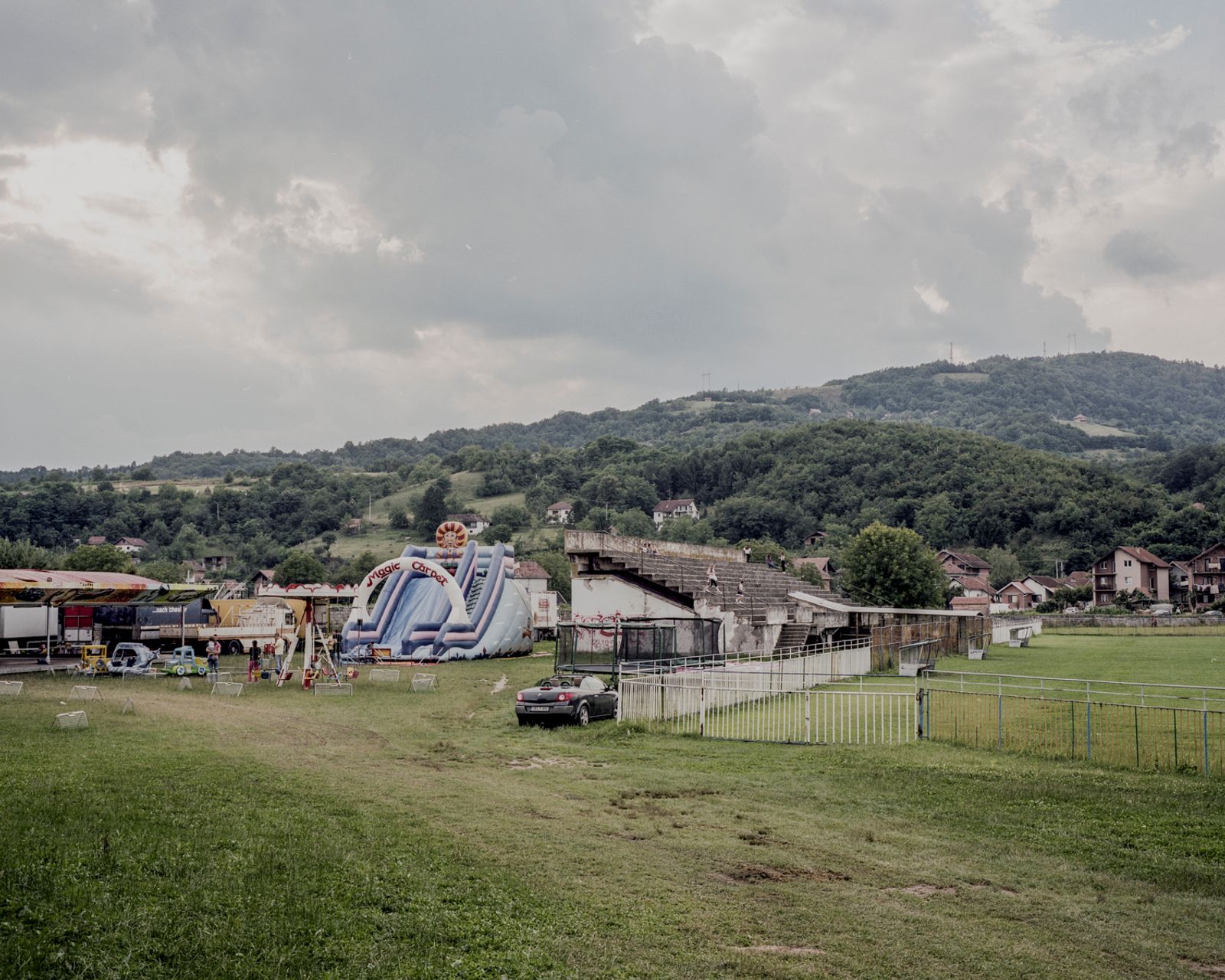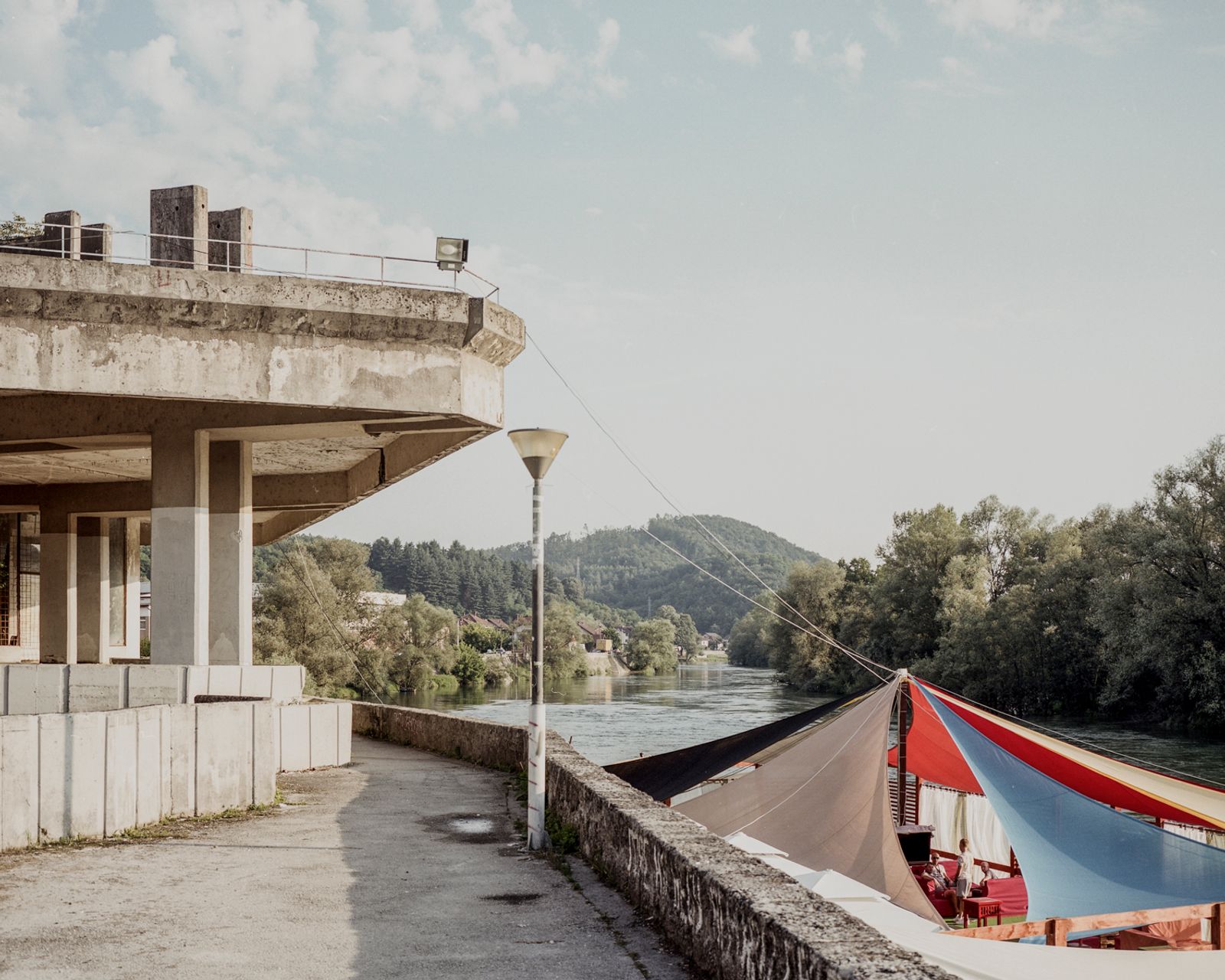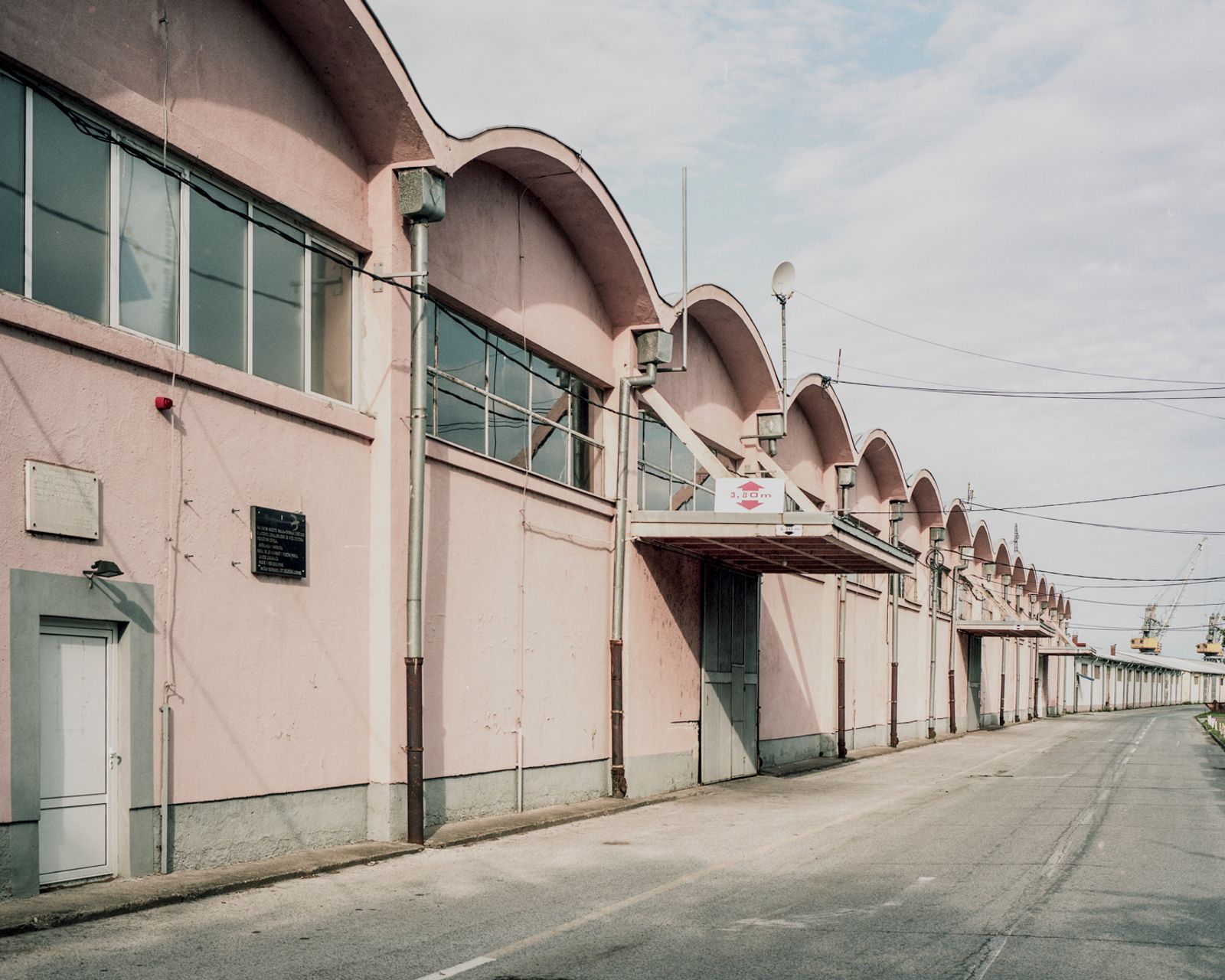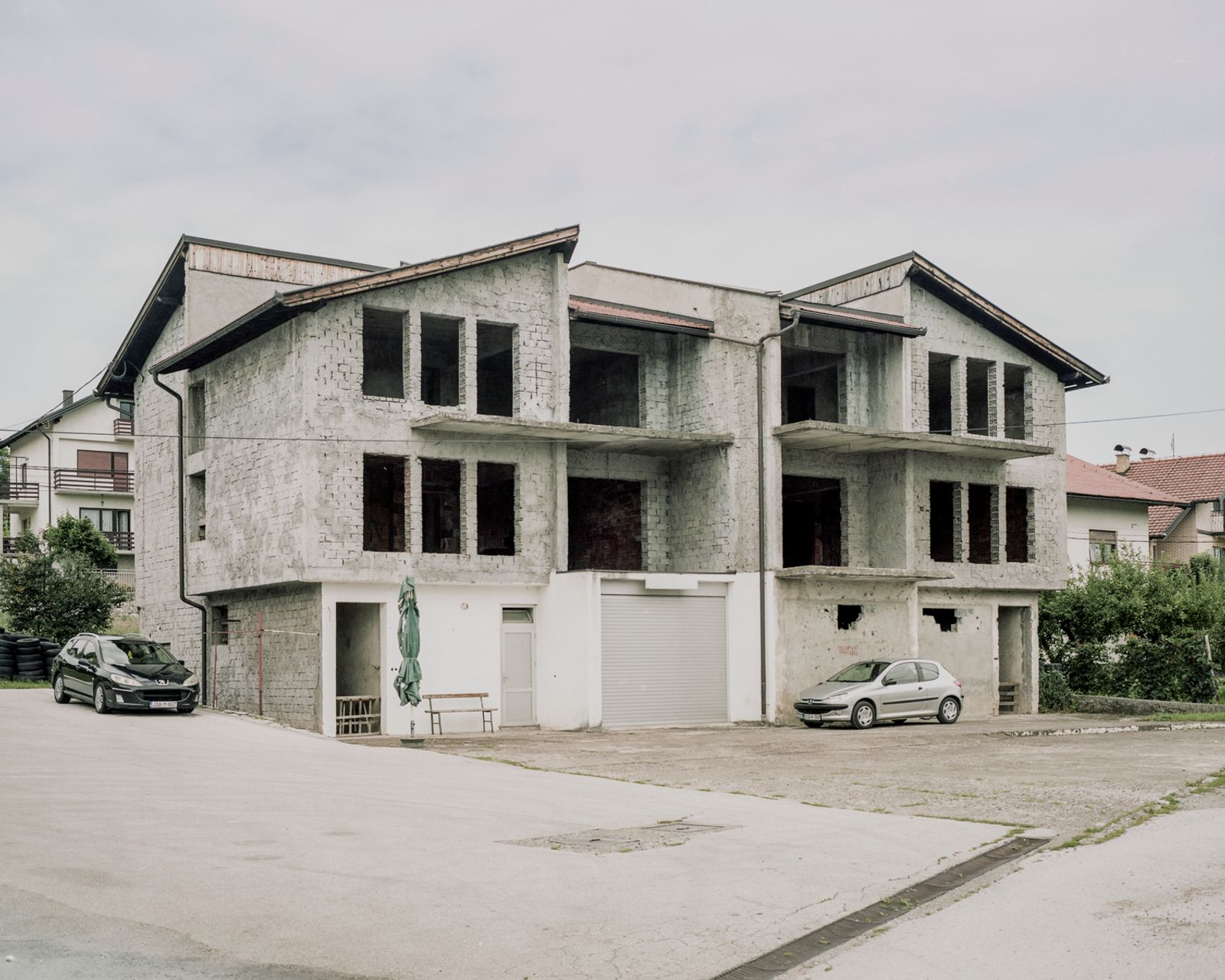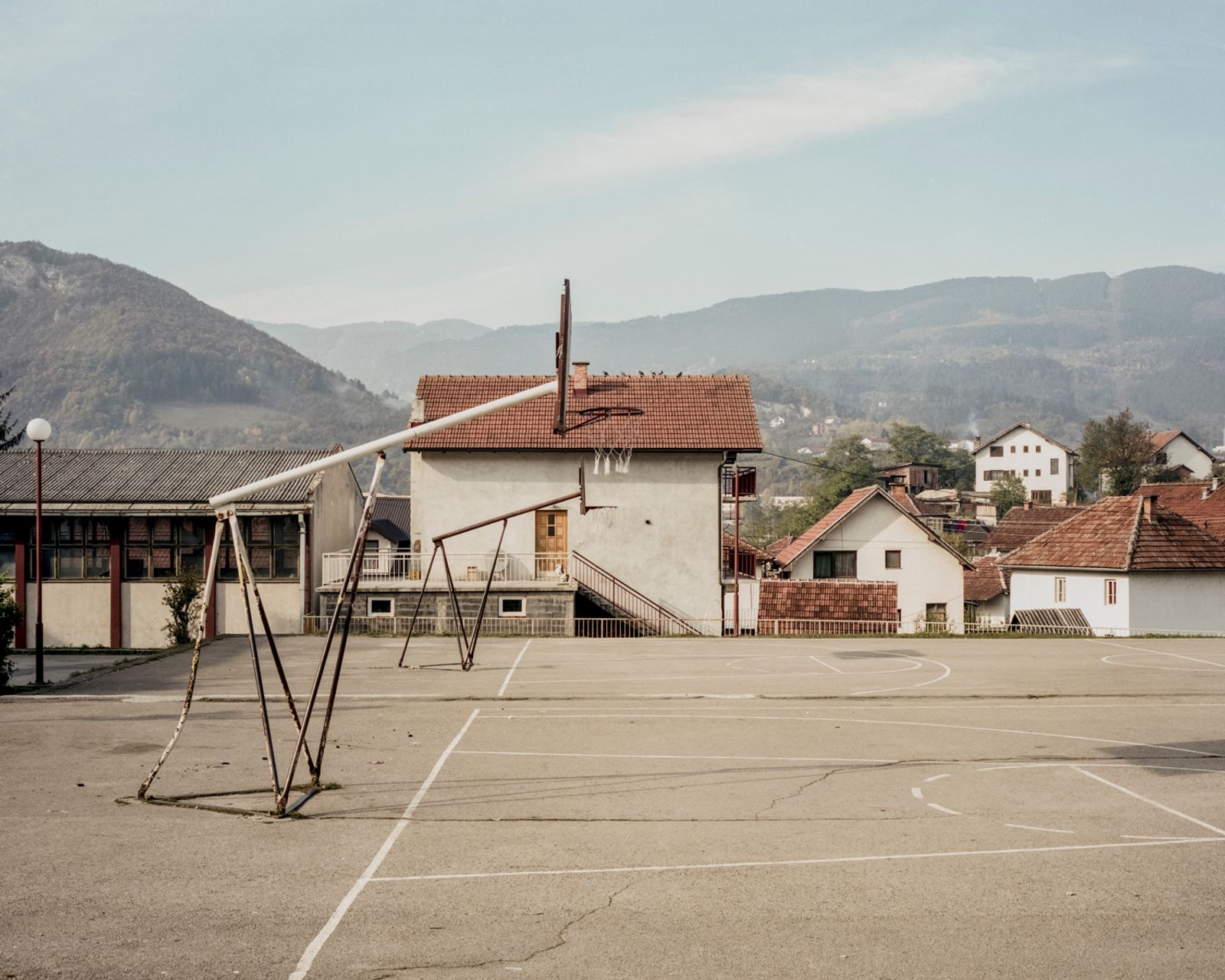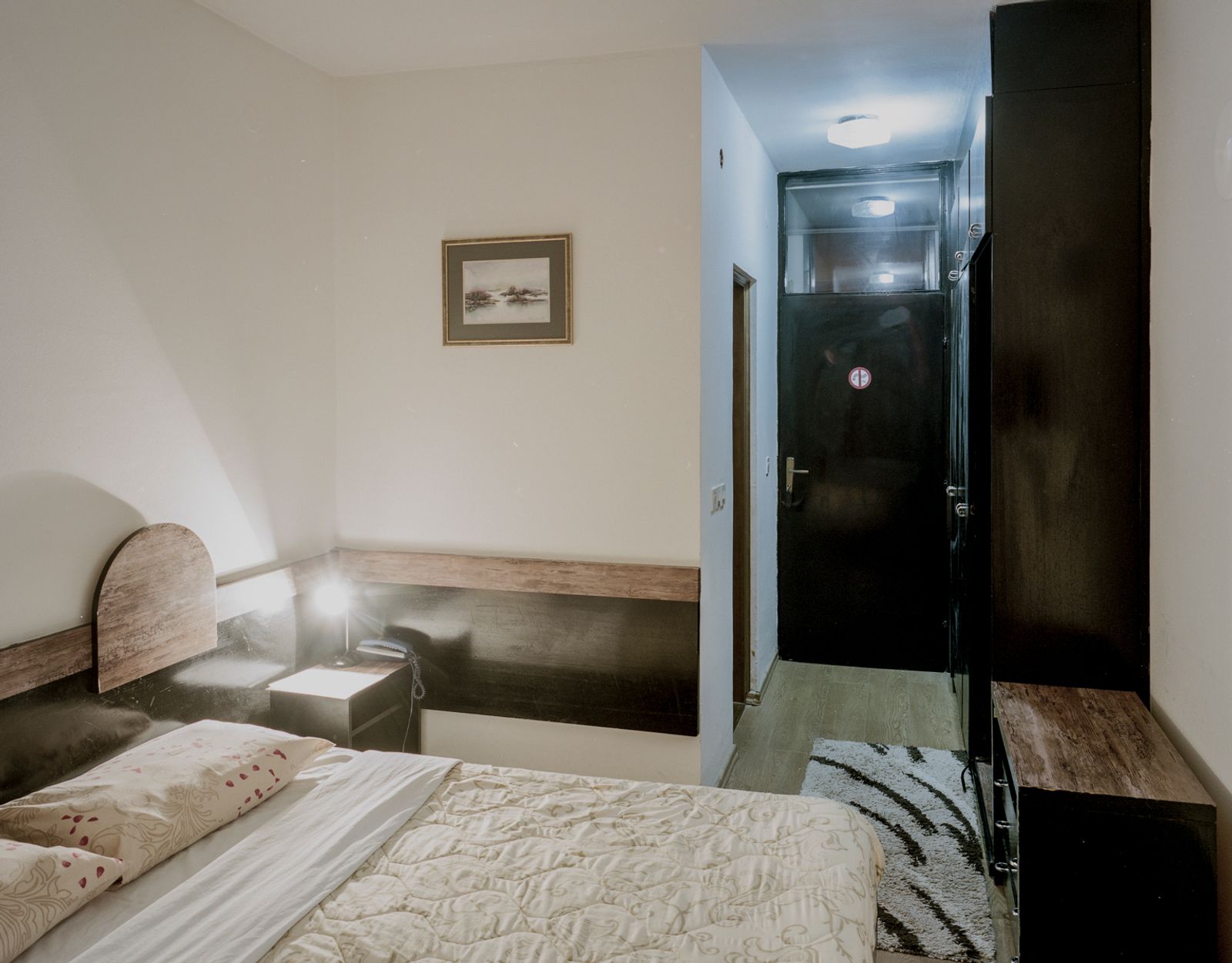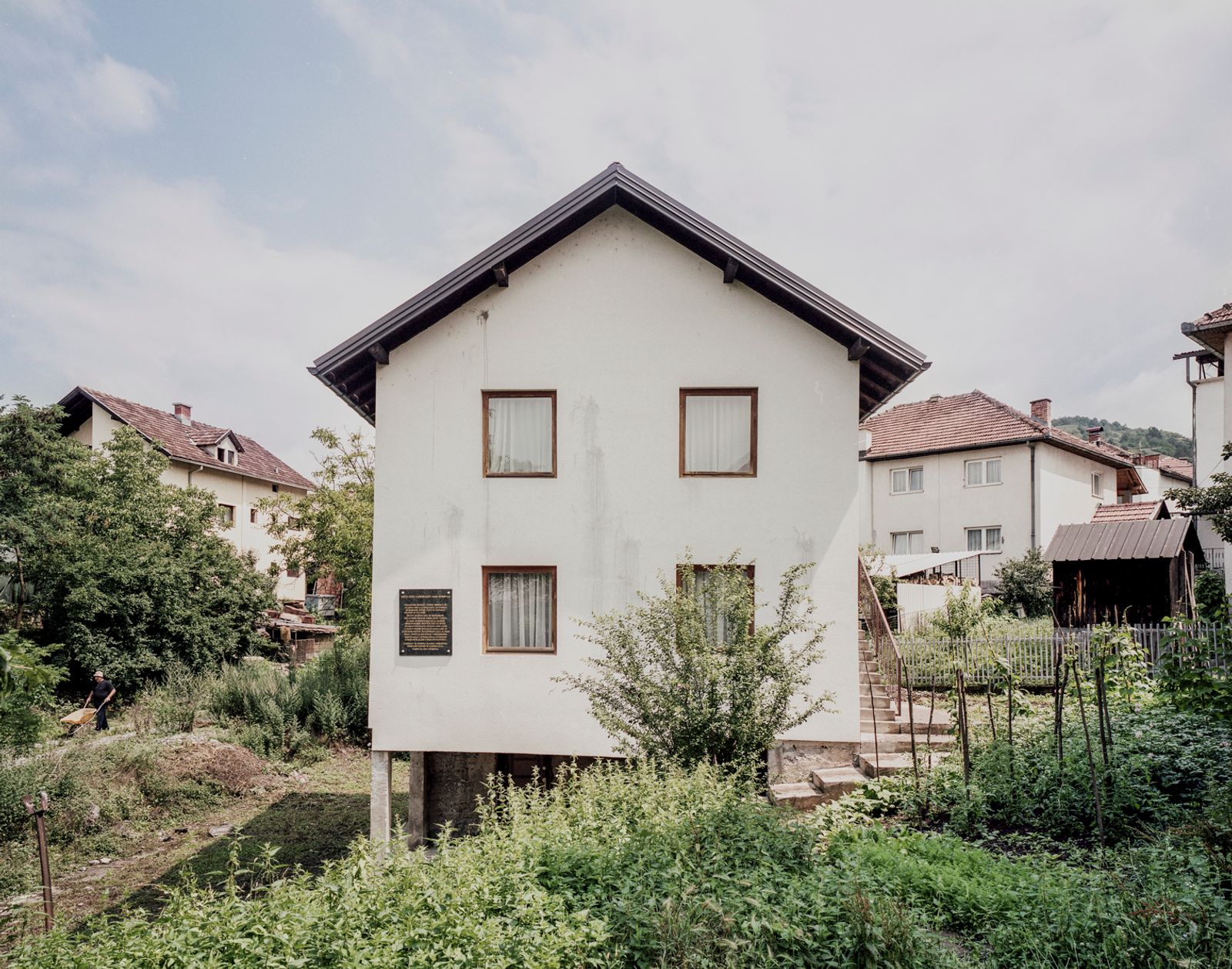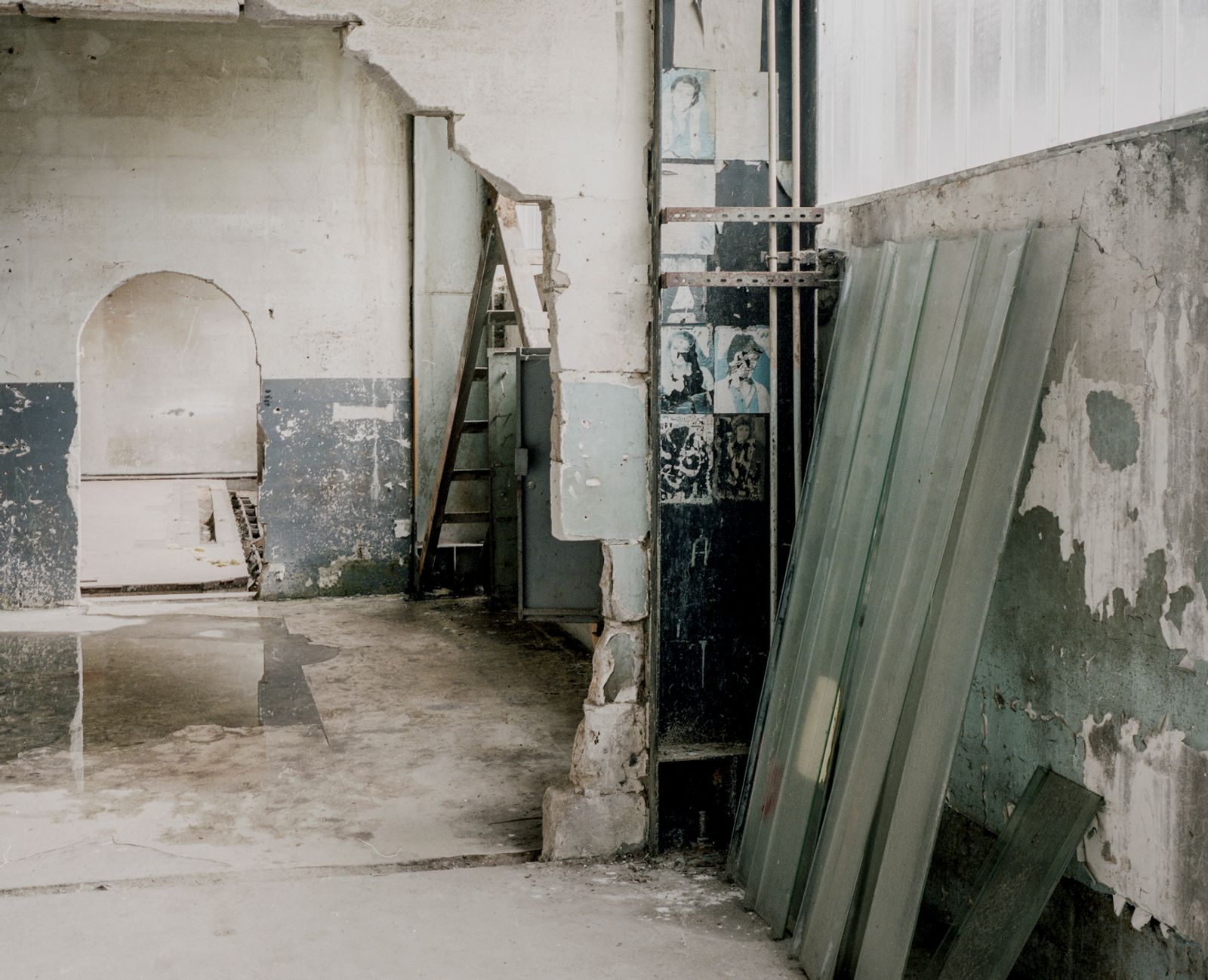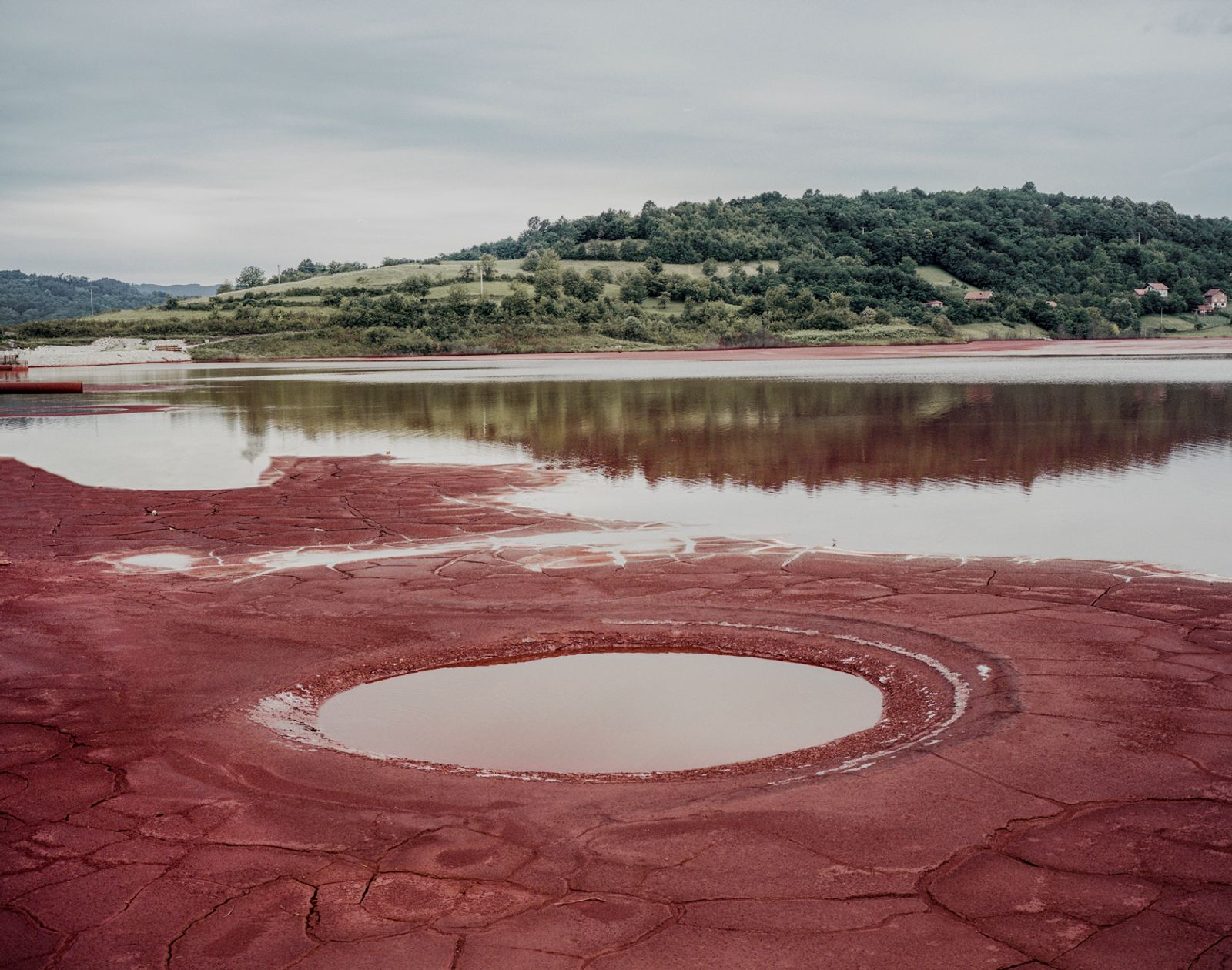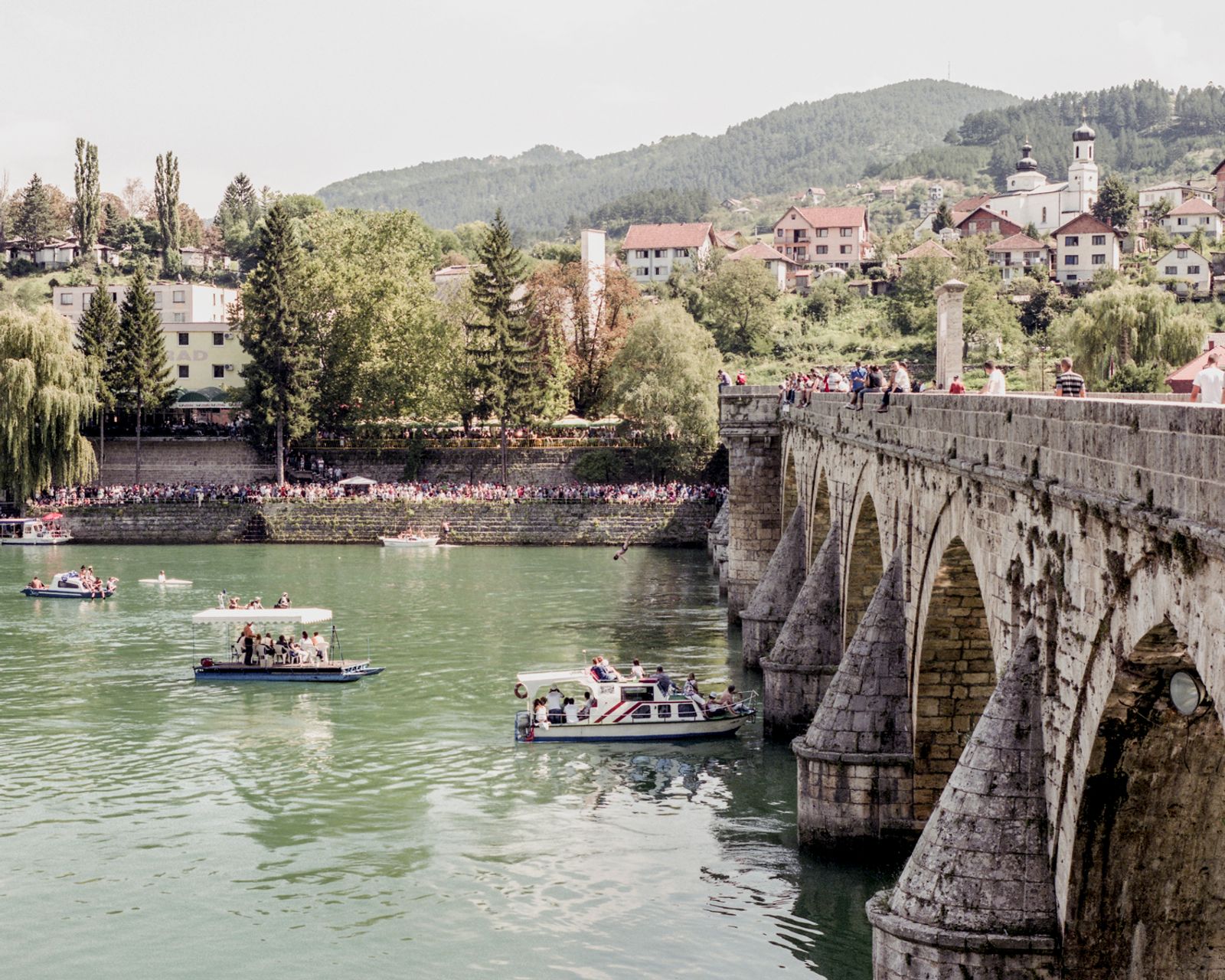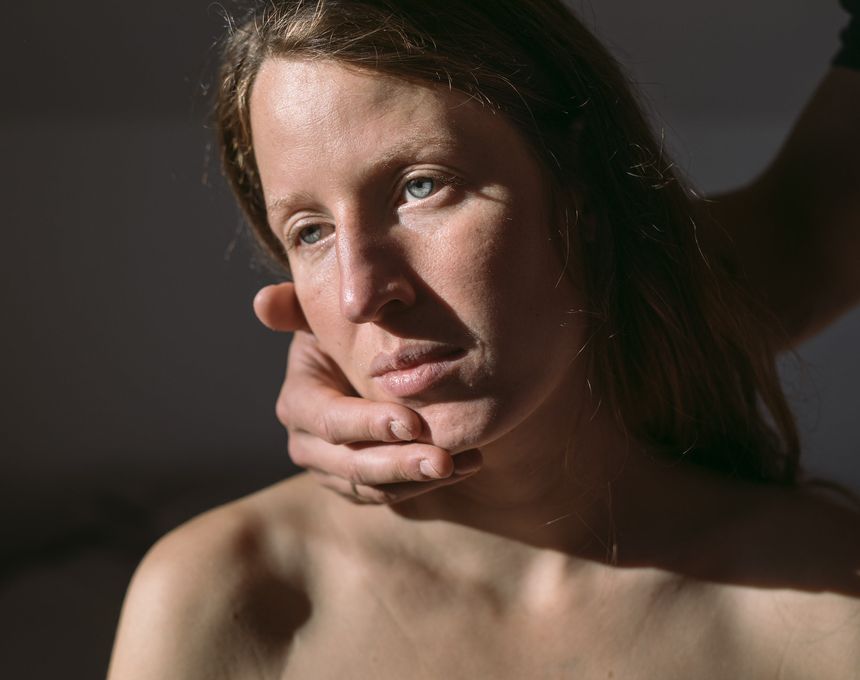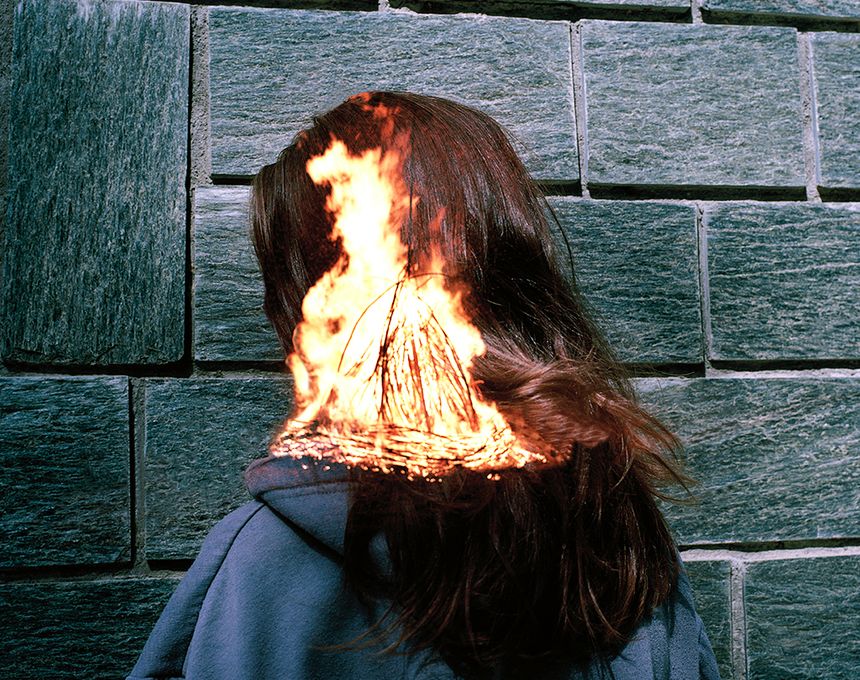Makeshift
-
Dates2013 - Ongoing
-
Author
- Location Bosnia and Herzegovina, Bosnia and Herzegovina
Makeshift is a project on rewriting history in Bosnia and Hercegovina, focusing on mass atrocities of Bosnian War, places where they were committed, and their erased context. In most cases, places used to murder civilians were renovated after the war, and thus restored to their former purpose of buildings of public utility.
History is a settlement within the community, regarding how members of this community remember the events that took place in the past. The trend towards the construction and relying on the structured history in constructing order of the present time is an expression of social significance of constructed history. In a group of people with the same belief about past events, a collective identity is being formed. The nation, as an ethnic group owning an organised state, among its constitutive features has sharing common cultural and historical grounds. The culture of the community is based on shared history as well, taking shape of the established order of facts and general conceptions. By common saying, that’s winners who write history.
History is a collectively set narration, so it has the ability of being rewritten from scratch, to omit things that had to be forgotten. Given the fact that a vital part of events of Bosnian War of 1992-1995 is now concealed by new historical narrations to maintain the integrity of newly founded society of divided ethnical groups, it’s extremely important to analyse this conflict, the reasons behind it and the aftermath of it. A lot of them seem universal and beyond specific place and time, and thus could be easily repeated again. The entire landscape bears contamination that part of newly written history wants to erase.
Most of captions are direct quotations of Final Report of UN Commission of Experts (Security Council Resolution 780/1992) Annex VIII: PRISON CAMPS, or ICTY indictments and court documents.

